
Decolonising and listening: a Swiss curator discusses the São Paulo Biennial

Anna Roberta Goetz tells Swissinfo about listening to and including voices from the Global South in an exhibition that challenges the historical racial elitism of the Brazilian art circuit.
The 36th São Paulo Biennial, which runs until January 2026, is seeking to build on the work of its last edition in disrupting a model that has existed since the event’s creation in 1951: a predominantly white art circuit in a country where more than half the population identifies as non-white.
Even in the very rare exceptions to this rule, such as the participation of African delegations in the first ten years of the exhibition (1951-1961), interest was limited “to the south as a territory, not including social, racial and artistic counter-narratives”, researcher Luciara RibeiroExternal link points out.
At this 36th Biennial, the work of the conceptual team led by Bonaventure Soh Bejeng Ndikung, who is also the director of the House of World CulturesExternal link in Berlin, reflects the impulse to present a map of the visual and sonic arts that is less biased than in previous editions of the Biennial.
On accepting the Biennial role, Ndikung emphasised that “despite the challenges faced by biennials around the world, they still serve as important barometers that measure global socio-political pressures”.
With the title “Not All Travellers Walk Roads – Of Humanity as Practice”External link, taken from verses of a poem by Brazilian writer Conceição Evaristo, the team prioritised discourses that inevitably touch on the legacy of colonisation in countries of the so-called Global South, environmental catastrophes, and countless acts of violence, including racial violence, in various geographical areas.
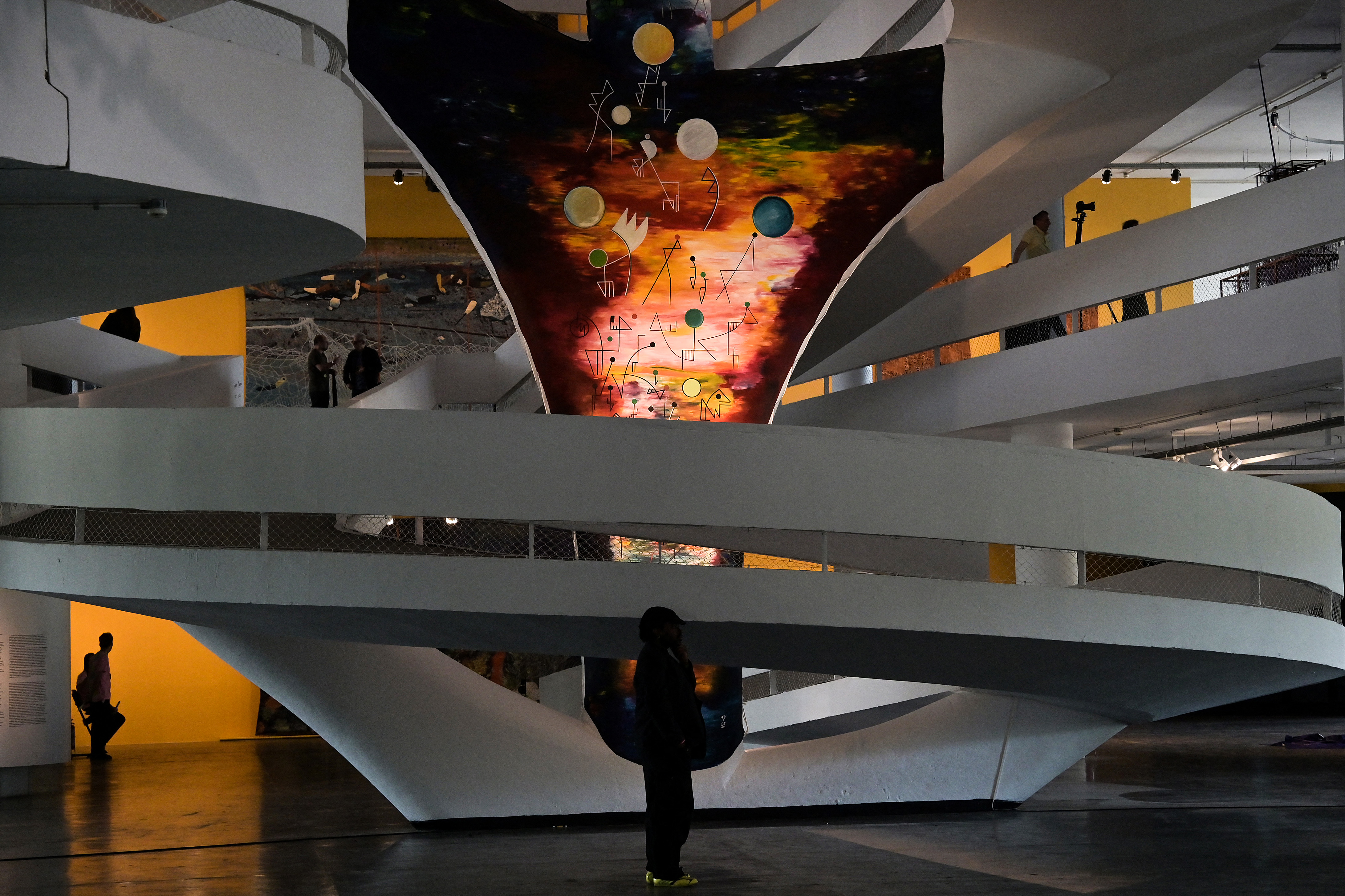
Prick up your ears
Curator and essayist Anna Roberta Goetz, a member of this conceptual team, now lives between Switzerland and Mexico. When she left Basel, her hometown, more than 20 years ago and moved to Germany, she felt she “needed to get out of the bubble” of life in Switzerland. Before arriving at the Biennial, she worked as a curator at the Museum of Modern Art in Frankfurt and taught at Zurich University of the Arts.
“There are five of us responsible for the curatorial work, two of whom are from Brazil, i.e. from the context in which the Biennial takes place,” Goetz says, stressing the importance, especially for those coming from outside, of listening to the environment.
She says taking part in this exhibition, the second-oldest in the world after Venice and the largest of its kind in the southern hemisphere, meant not always taking the lead or following one’s own perception “but first stepping back – listening, observing and learning from what you don’t know”.
Goetz explains that, given the predominance of the visual, this Biennial wanted to prioritise other forms of interaction. “Our society, our era and our culture function intensely through the visual. In other words, the way we consume information is through mobile phones, through screens. We’re surrounded by them all the time. We realised that it would be important to shift the focus to listening,” she says.
“When you listen, without any images in front of you, another world opens up. Memories are evoked and another type of access becomes possible. I realised this in an exhibition about listening: to what extent do we perceive the world or our surroundings through our ears, through sound, throughout our whole body?”
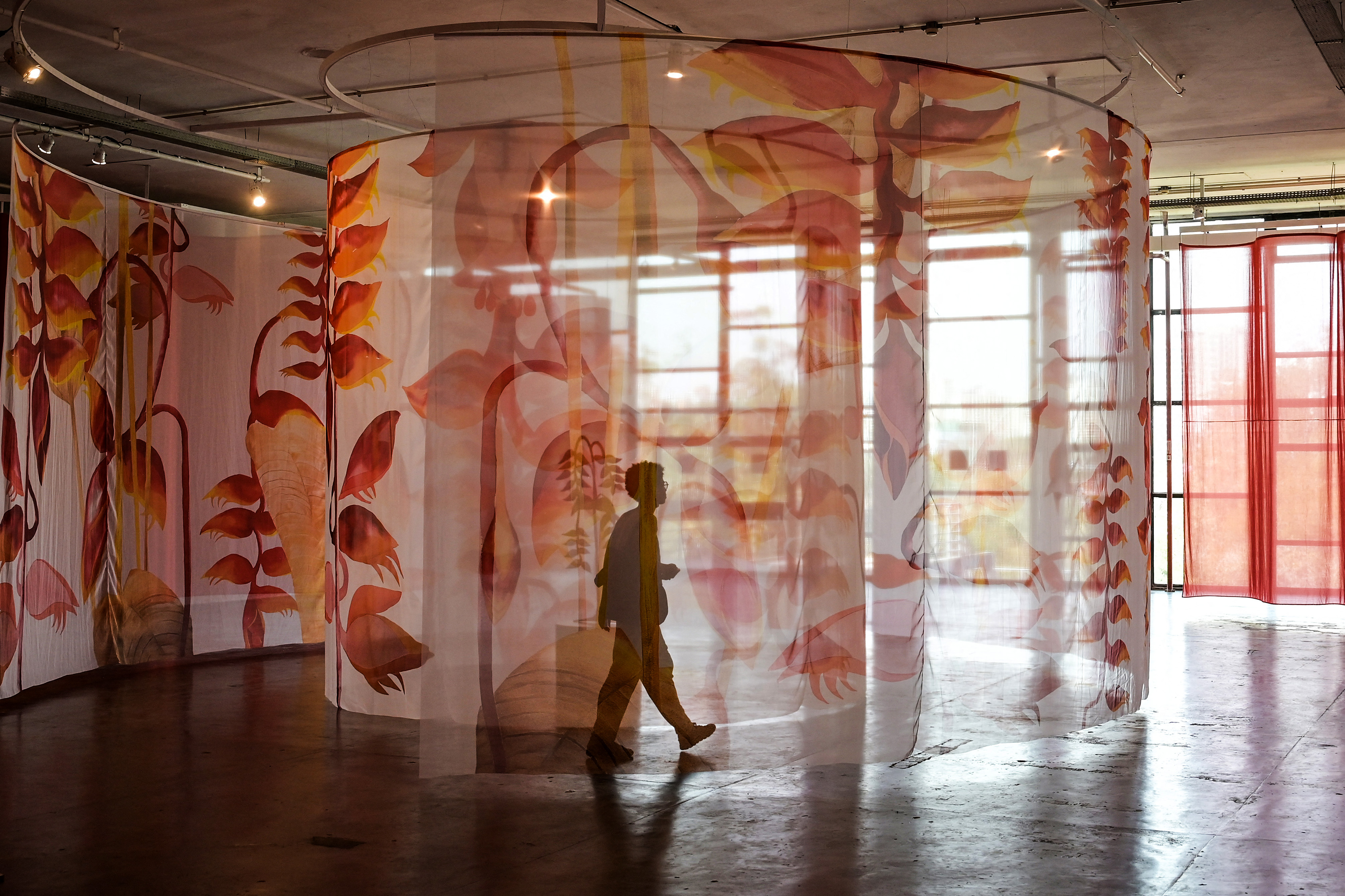
The exhibition Goetz mentions is “Long Gone, Still Here – Sound as MediumExternal link” (2023-2024), which Goetz curated at the Marta Herford Museum in Germany. “I realised there that I’d never before done an exhibition with such a wide audience, involving everyone from children to the elderly,” she says.
An example of this focus on sound, Goetz says, is a work by Nguyễn Trinh ThiExternal link selected for the Biennial. The Vietnamese artist created an installation where a soundscape, composed of influences from East Asian music, is silenced according to the movements and voices of visitors in the space, or according to the intensity of sunlight in the room.
What unites us
In addition to attentive listening, connecting different voices and territories with diverse geographies are another premise of this Biennial. “Nowadays, people or discourses are much more focused on what separates us than on what unites us,” Goetz says. For us, it was important to change the focus, to concentrate on what we share with each other beyond geographical borders, through our own biographies.”
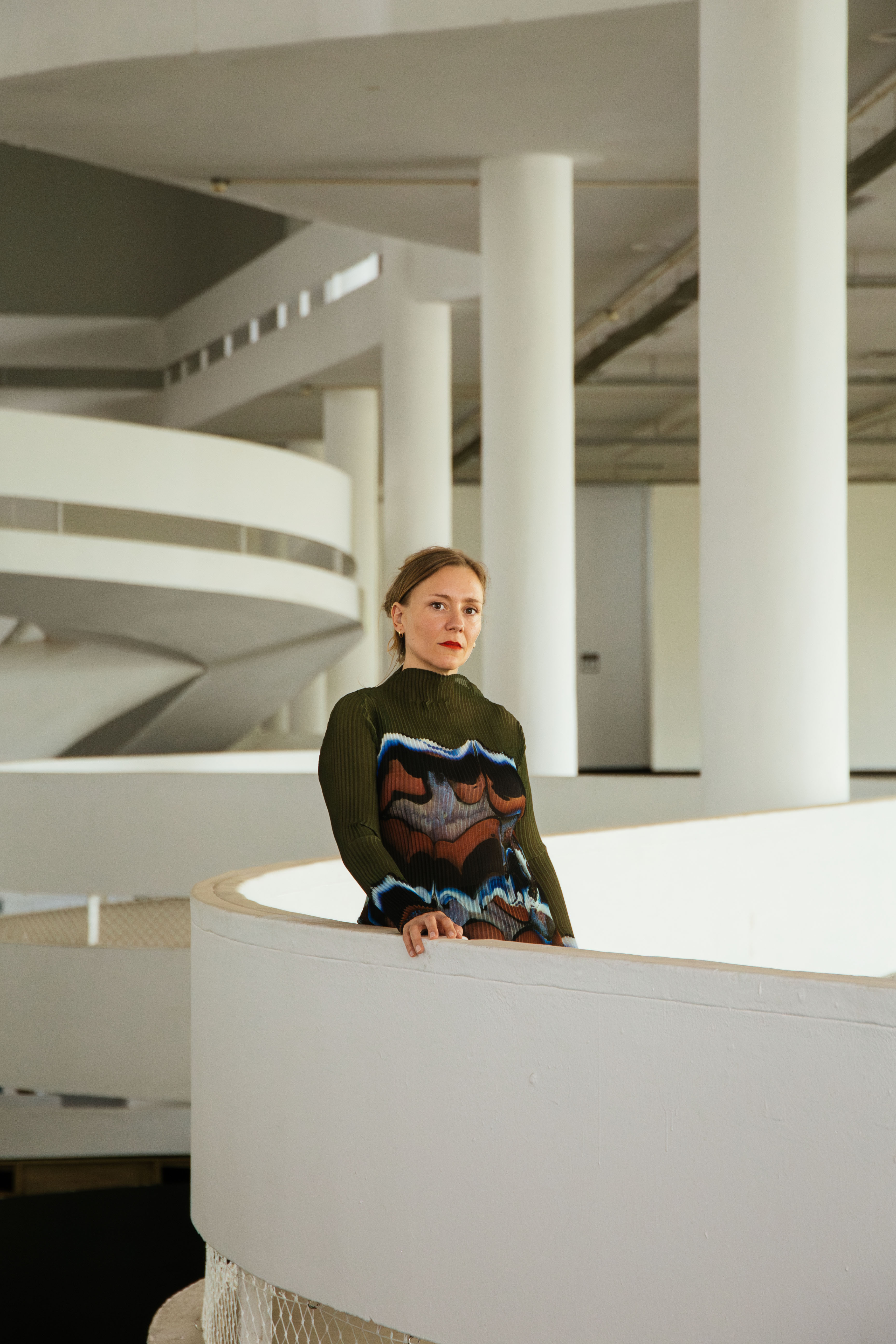
This principle prompted the curatorial team to restrict access to information about the authorship, date and creative process of the works exhibited at the Biennial. “Neither in the catalogue nor in the technical files for the works did we ever state that a particular artist is from a particular country, or was born there and now lives in another. In that case, we would have to write a complete biography of each one, since a work is always the result of an entire trajectory marked by the most diverse aspects,” the curator explains, indirectly responding to criticism of a “lack of context” in the exhibition space of the Biennial.
The curators’ intention is to promote direct engagement with the works. “It is important that visitors to the exhibition do not see the label, the name and title of the work, the materials or the year or any other information before they see the work itself,” Goetz says. This type of complementary information is available in the exhibition space, but sometimes visitors have to search for it.
“For us, it is important that the work is in the foreground, as we share the view that understanding a work of art is an intuitive process and is not necessarily about generating knowledge about a work,” she explains.
Decolonising structures
Goetz says that her focus of interest lies precisely in opposition to the hierarchies, narratives and structures prevalent in Western society.
In this sense, there are many cultural actors – in Brazil and abroad – who demand greater openness not only in the execution (curatorship, organisation) and representation (guest artists) of major exhibitions such as the São Paulo Biennial, but also in management (administrative councils, direction). In other words, changing power structures by going beyond the presentation of a list of non-white artists to achieve real decolonisation and renewal.
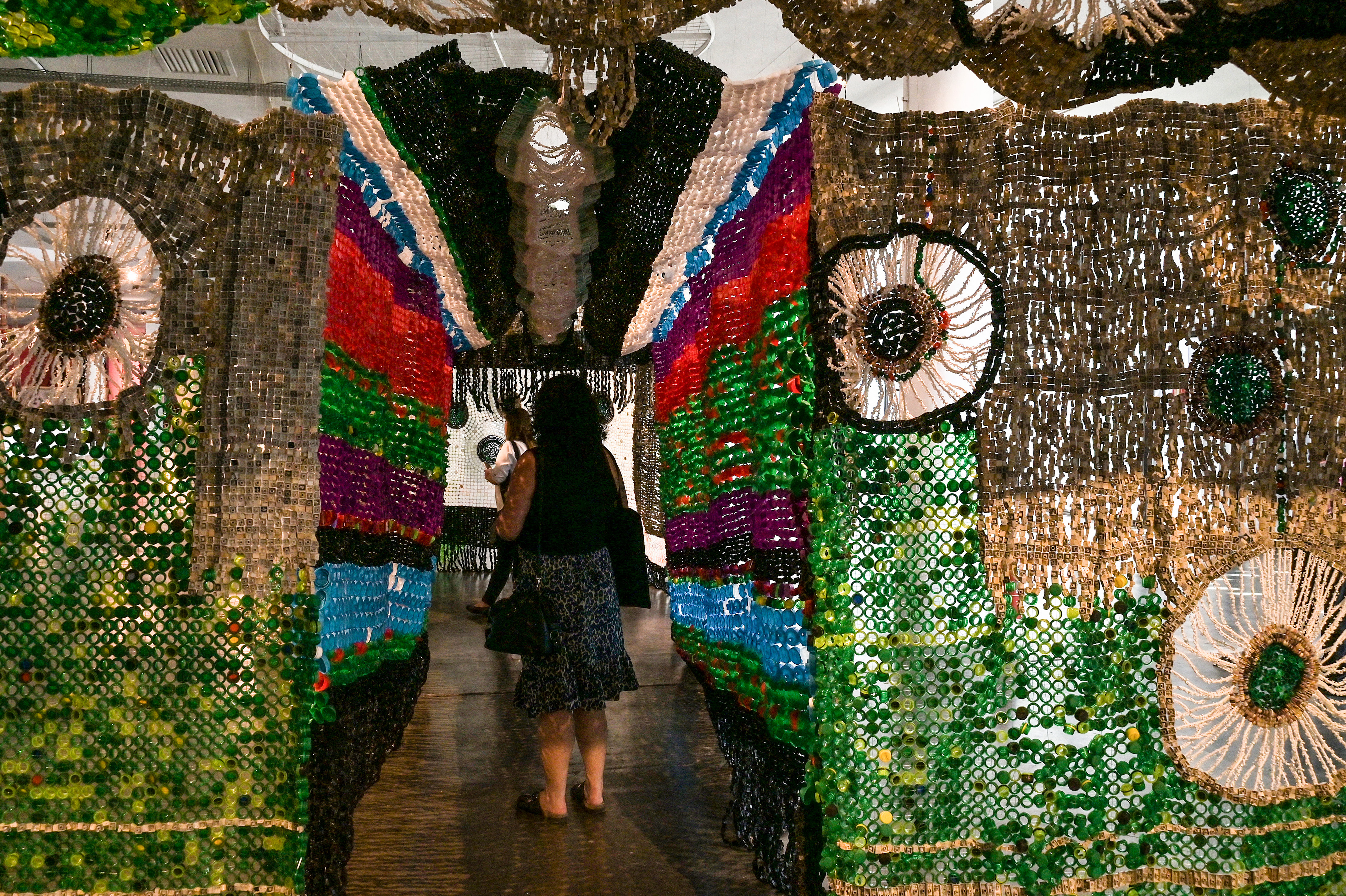
It remains to be seen whether such demands will be heard. “This is a complex issue,” Goetz admits, “because our role at the Biennial is that of independent collaborators. We were hired only for this edition, so our ability to change anything from a structural point of view is limited. The question [for us] is perhaps rather this: Who did we choose as curatorial assistants? Which local institutions did we work with? The fact that we chose to collaborate with Casa do PovoExternal link [a community centre for culture and memory in São Paulo], for example, was an important strategic and conceptual decision.”
As a curator, Goetz says she particularly enjoys working in places that shift perspectives and positions: “How could I, having always lived in Europe, really talk about these discourses that were not my own?” she asks. The search for new experiences in an unfamiliar context was one reason for her move to Mexico.
“I think that artistic or curatorial practice develops from the place where you live,” she says. Today, she is also interested in strengthening her base in Switzerland. “I have the feeling that the country has changed a little, but perhaps more slowly than in other places where discourse is gradually being renewed.”

More
Unique Brazilian Modernism art exhibition takes over Swiss capital
Edited by Eduardo Simantob and Catherine Hickley/ts

In compliance with the JTI standards
More: SWI swissinfo.ch certified by the Journalism Trust Initiative


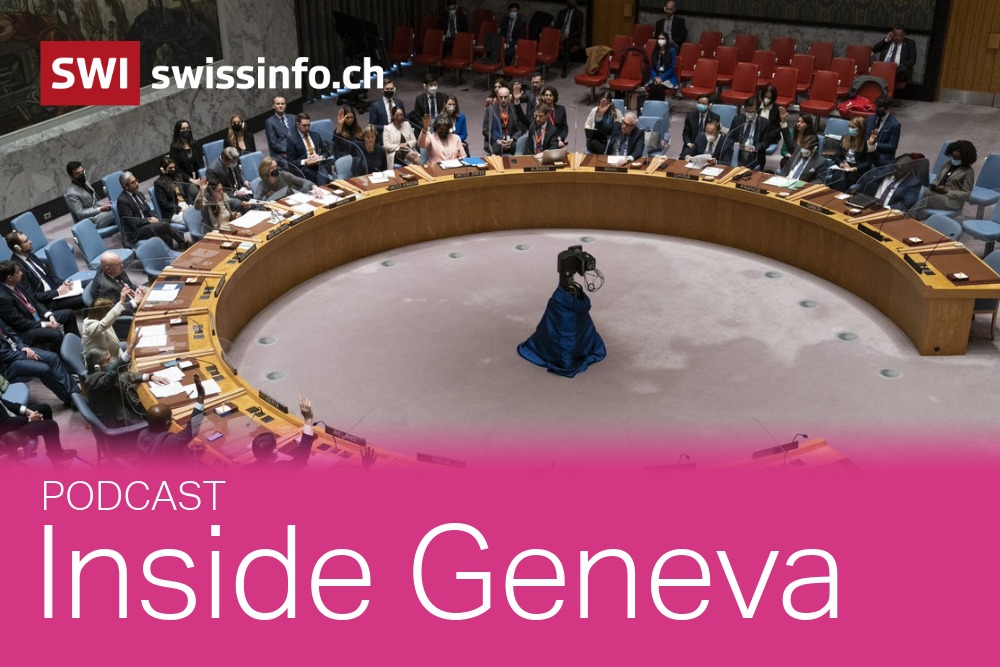













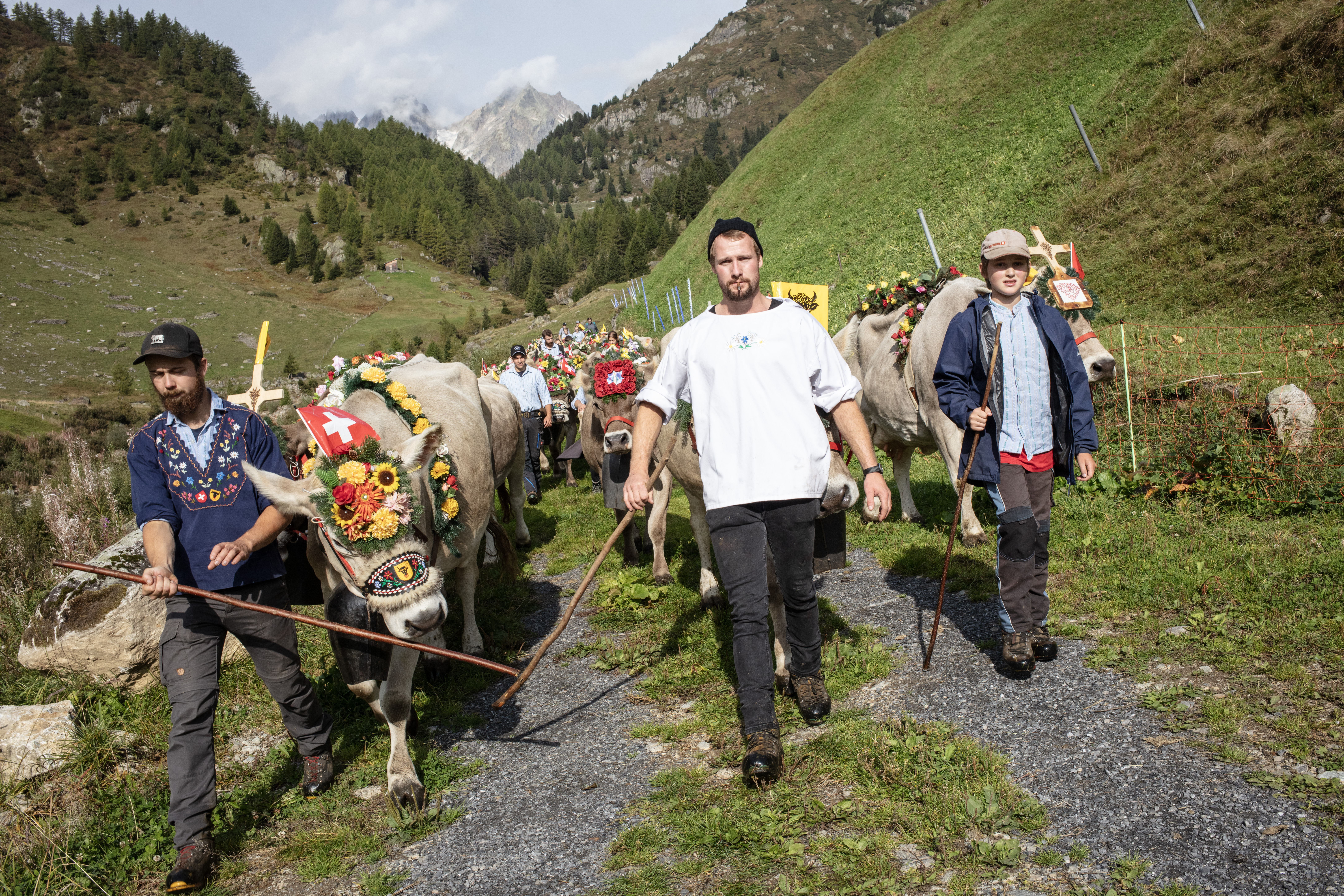
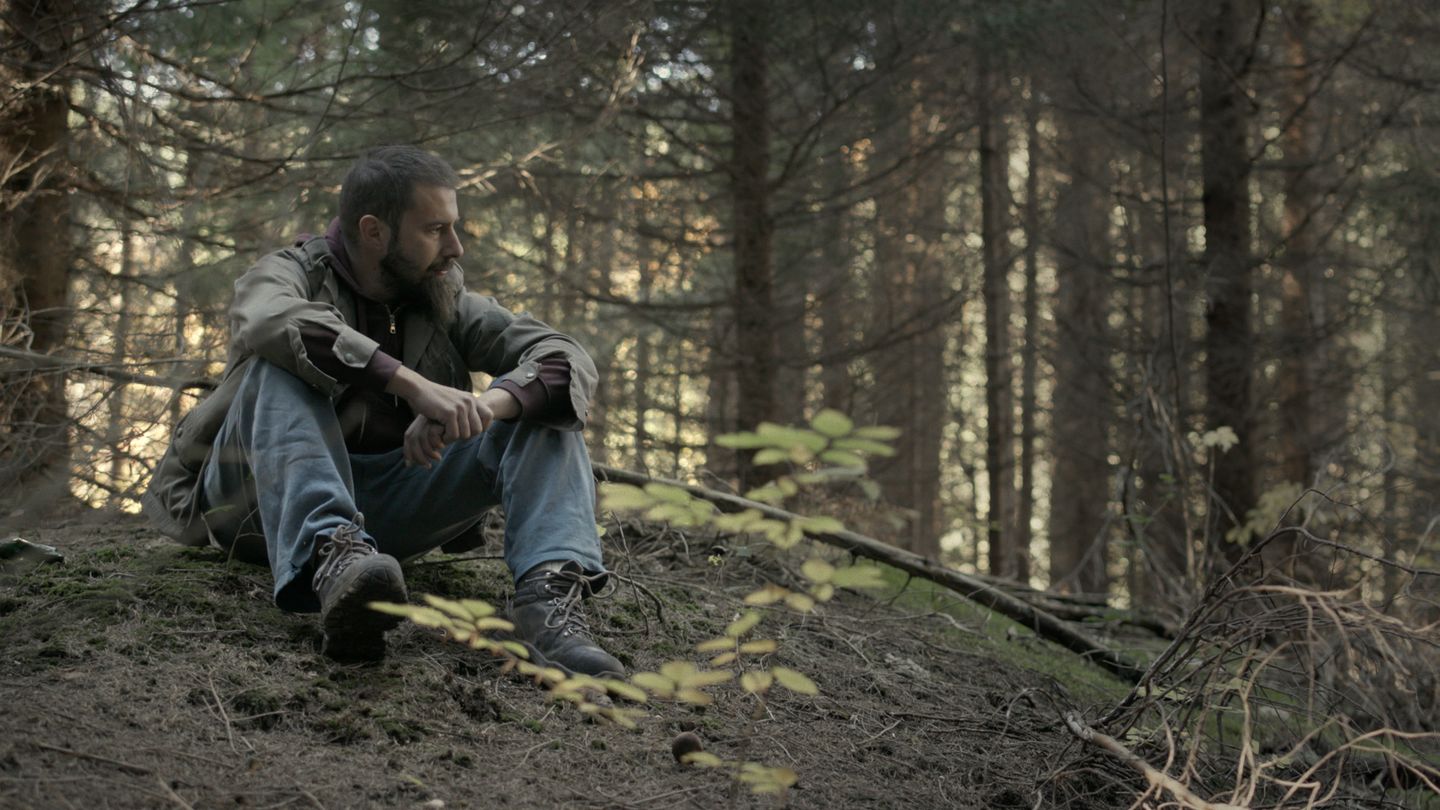








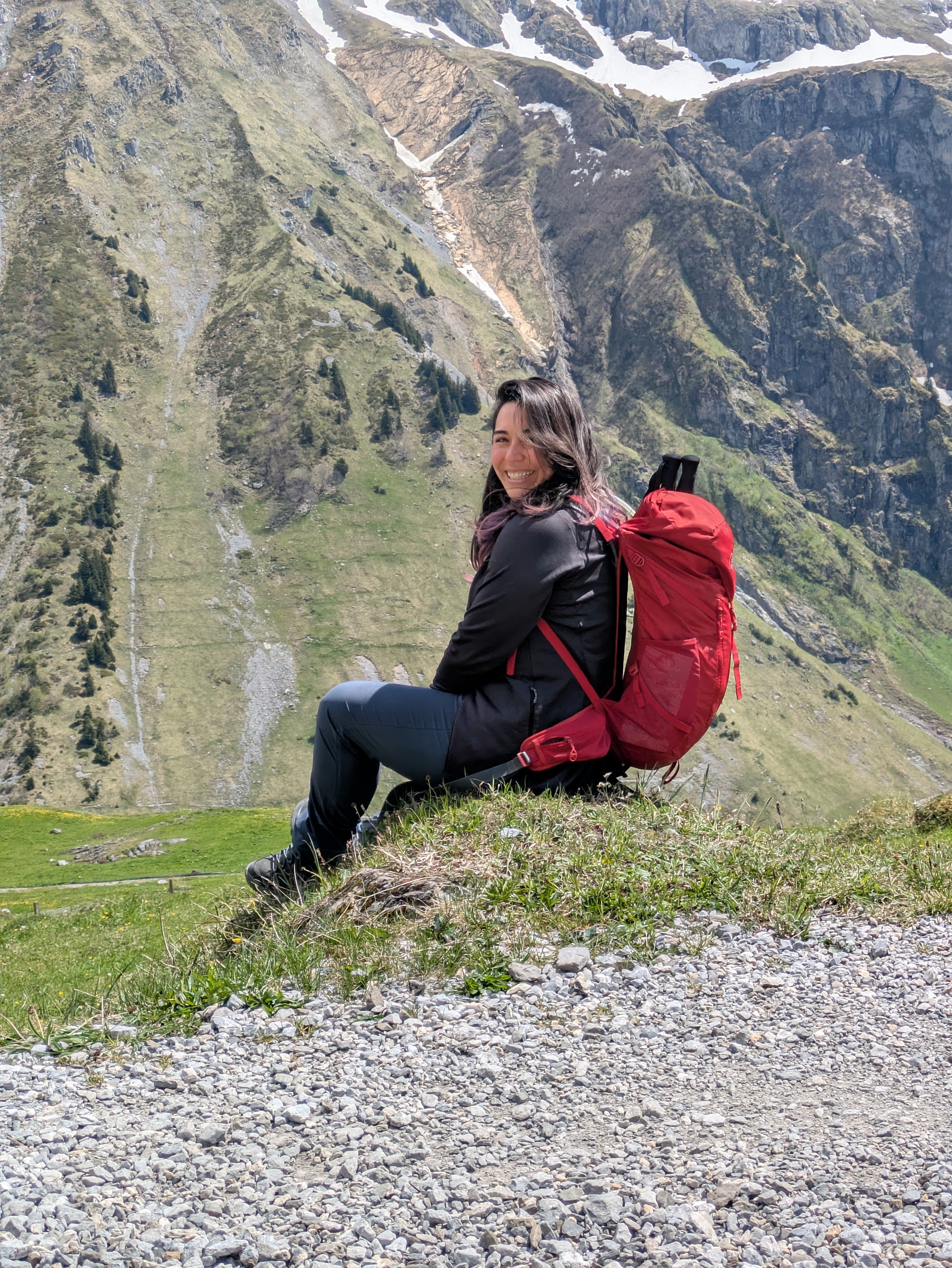

You can find an overview of ongoing debates with our journalists here . Please join us!
If you want to start a conversation about a topic raised in this article or want to report factual errors, email us at english@swissinfo.ch.